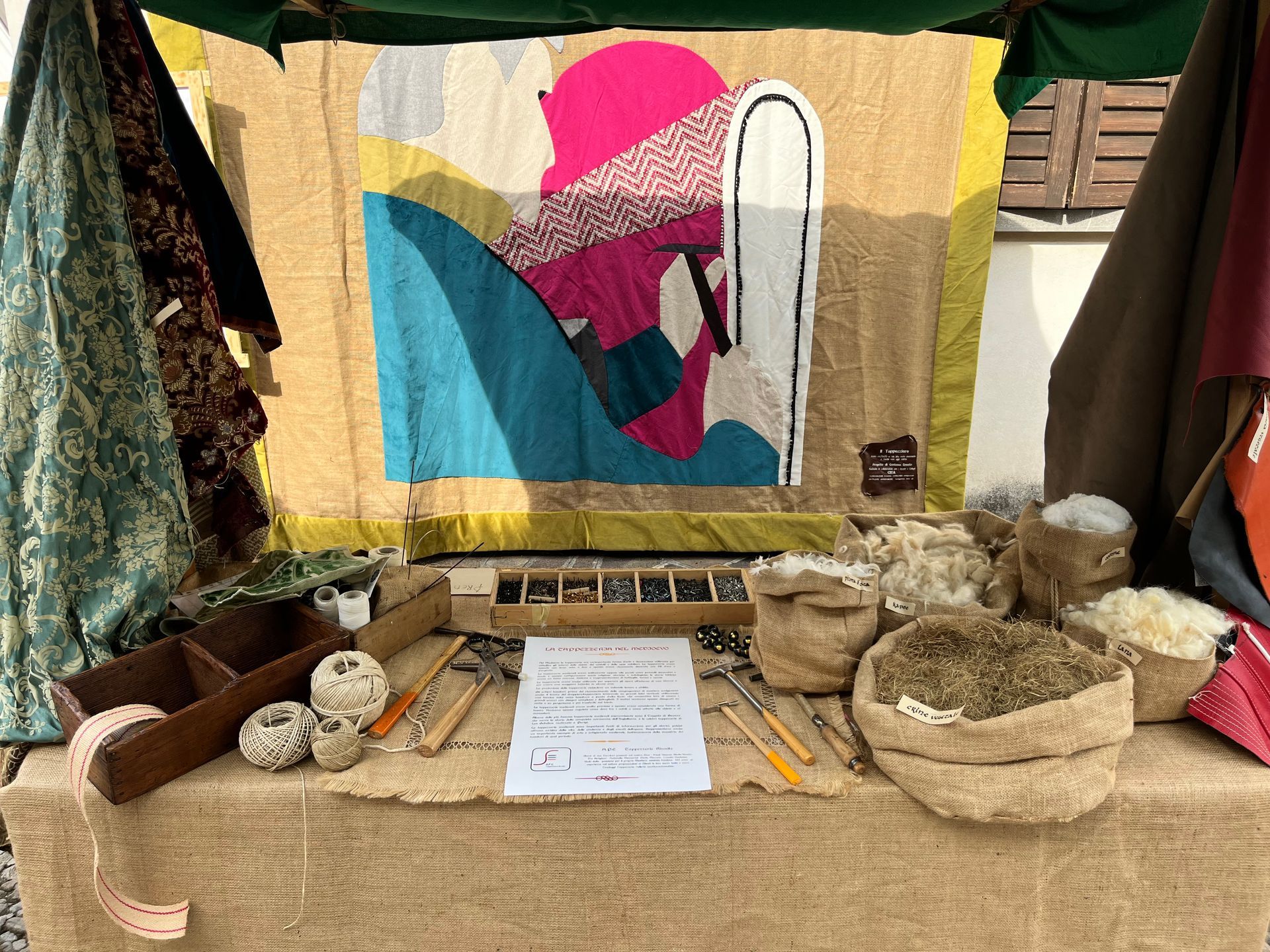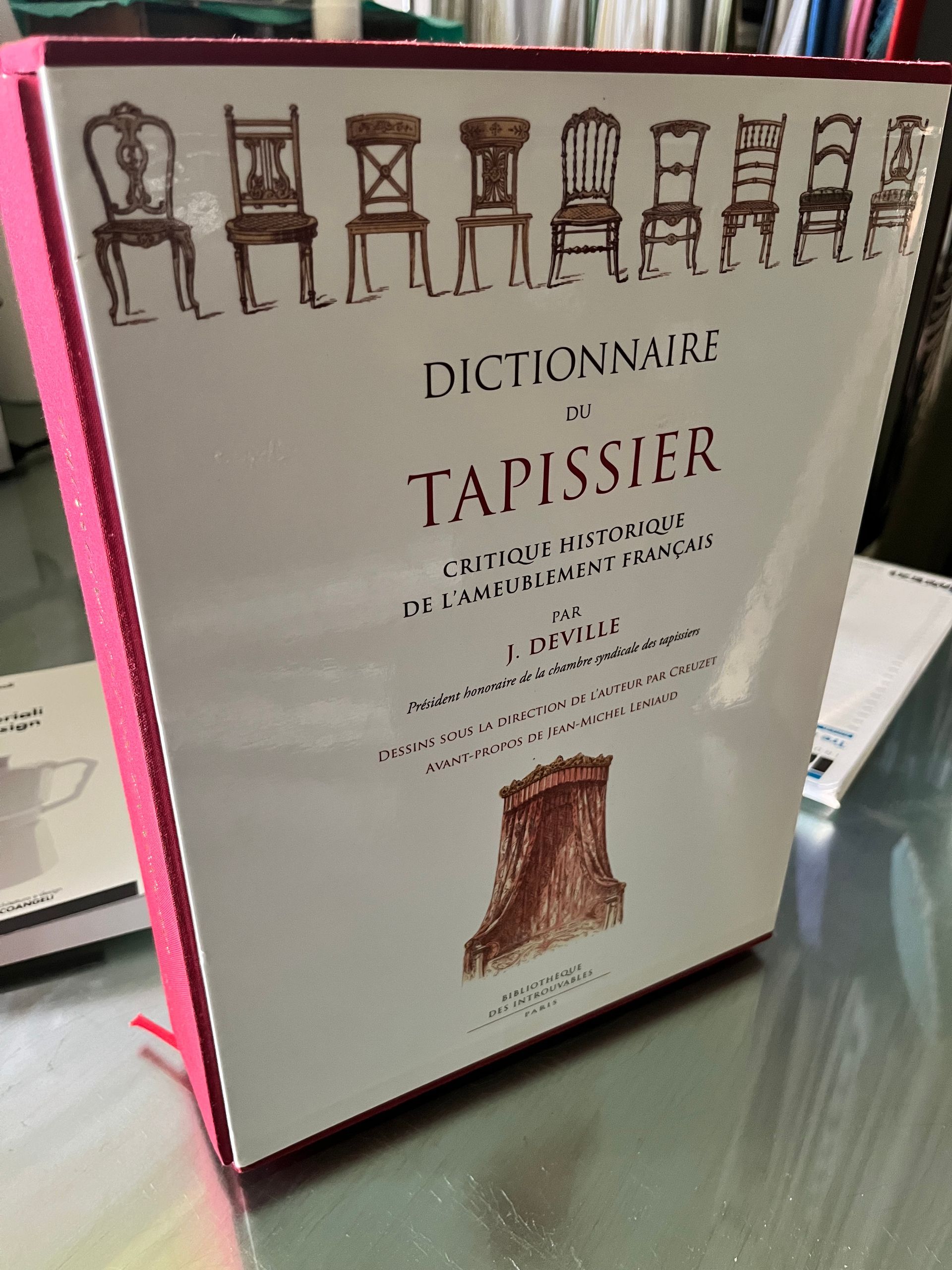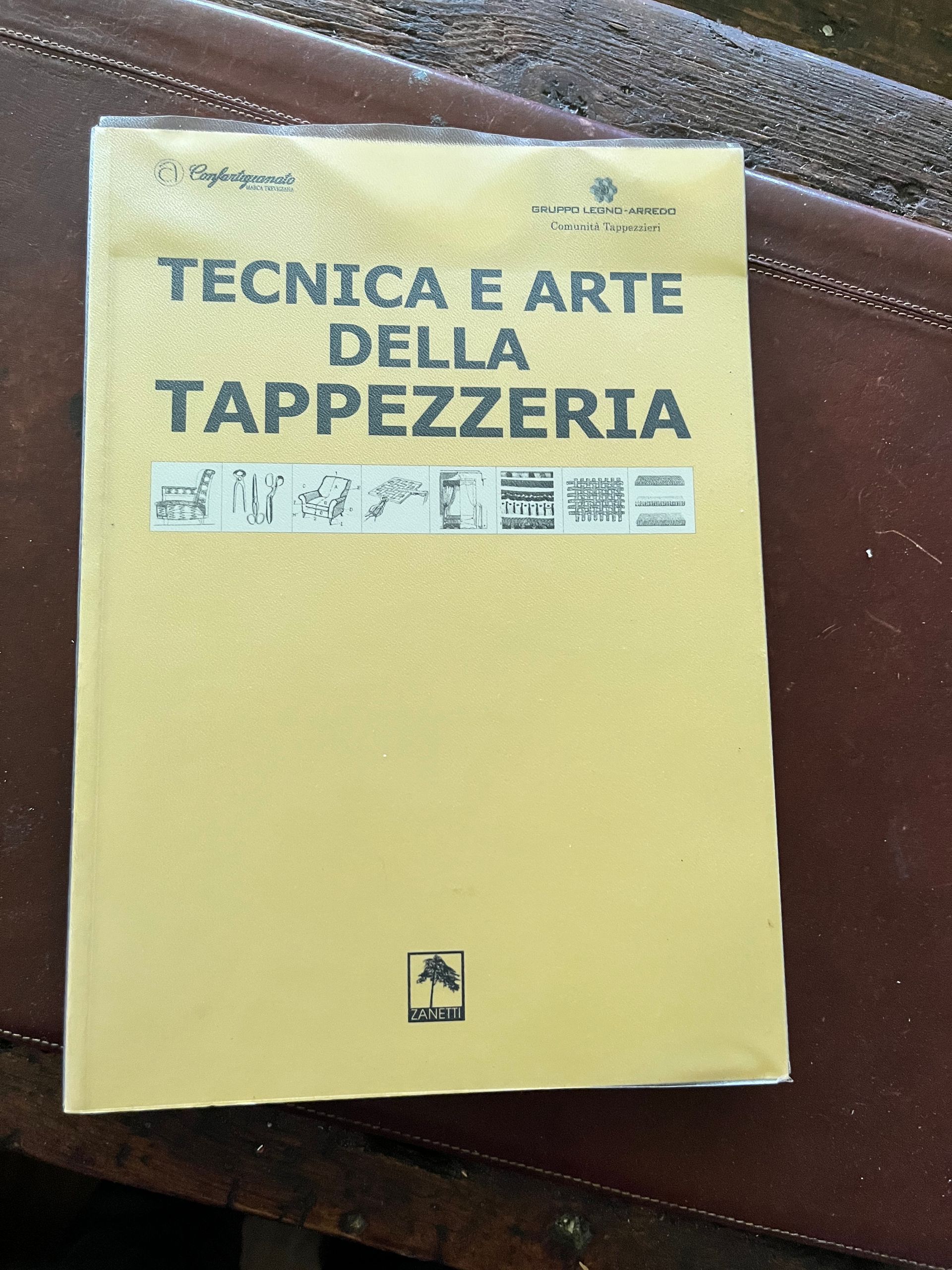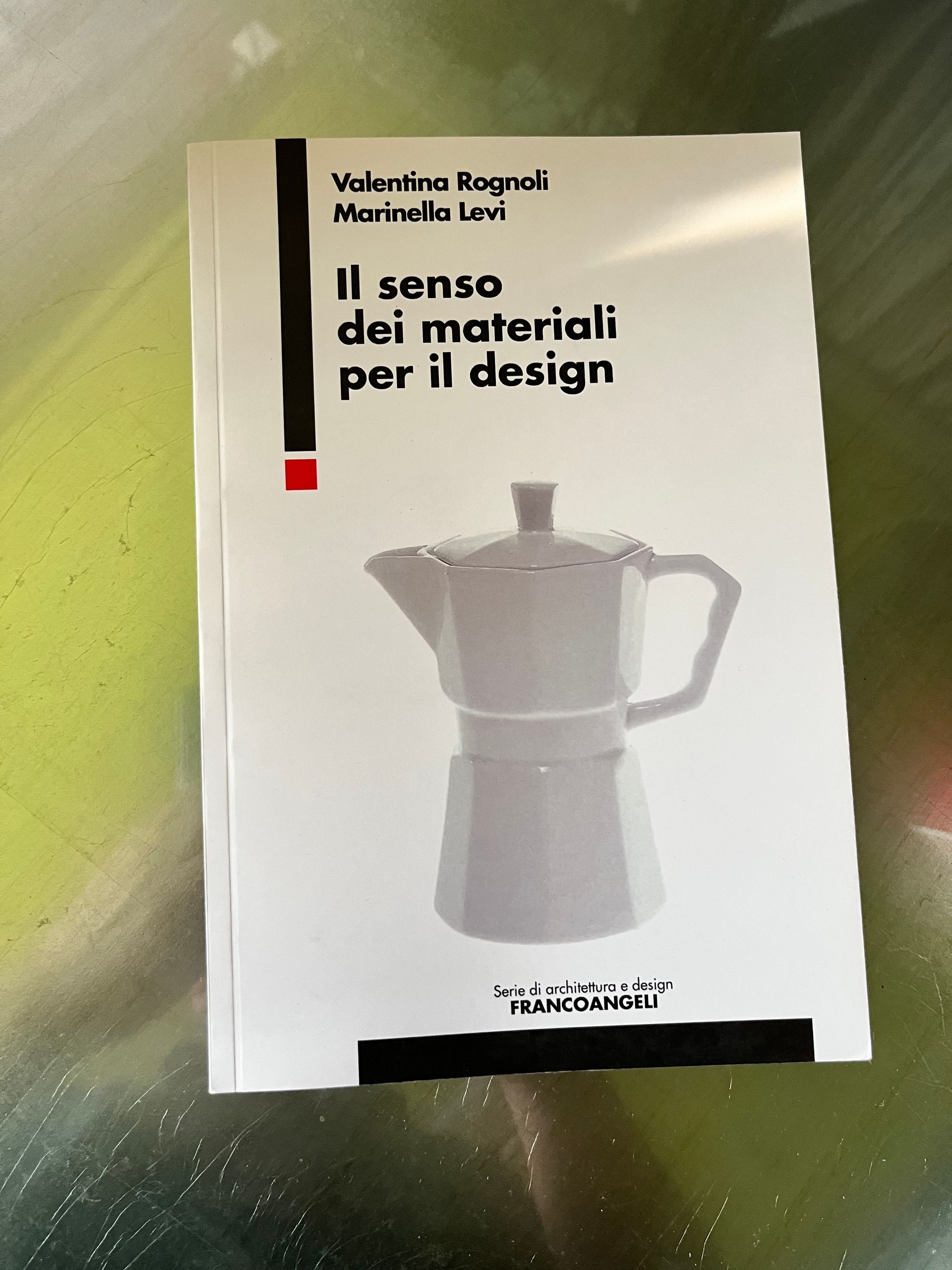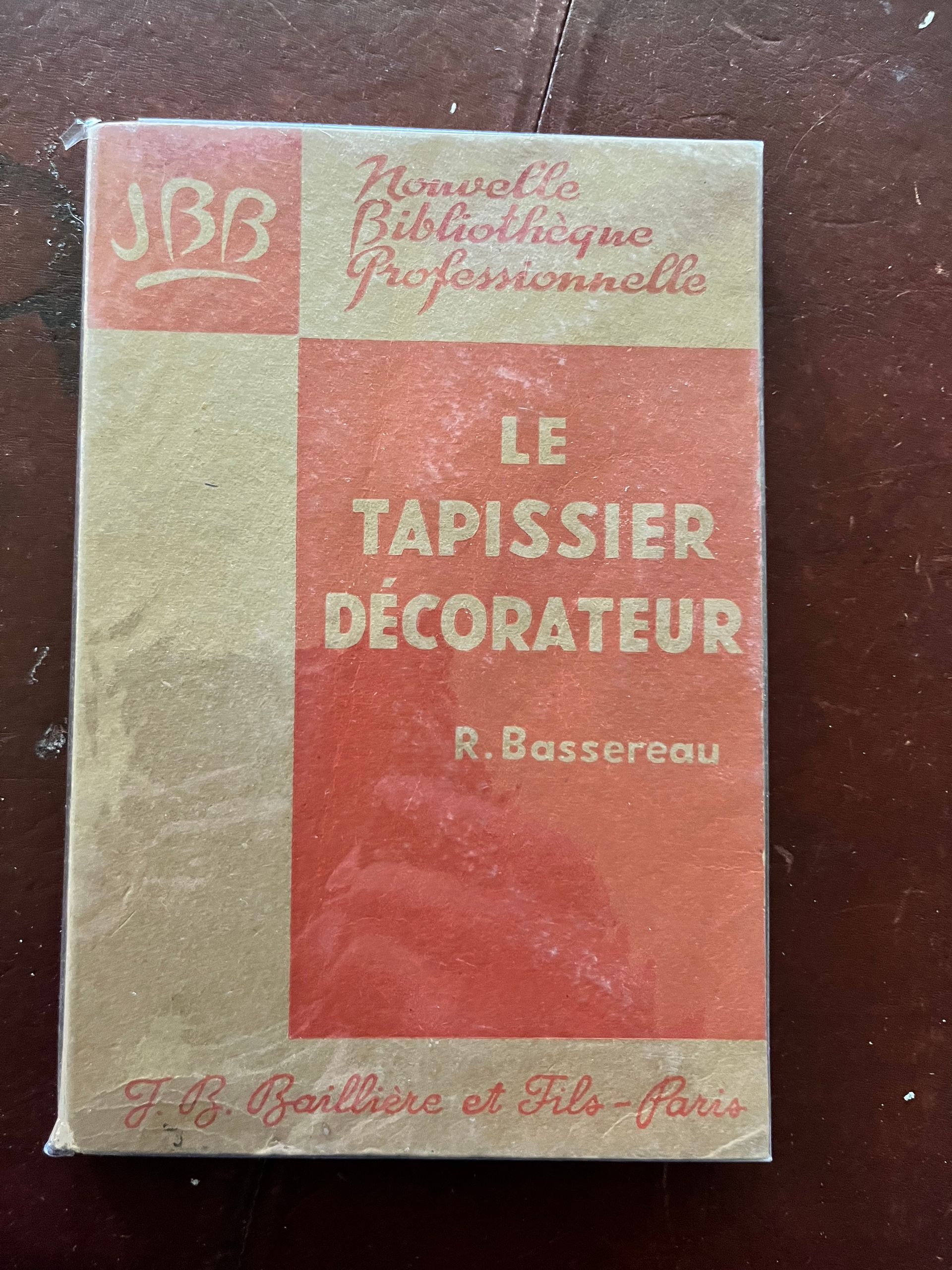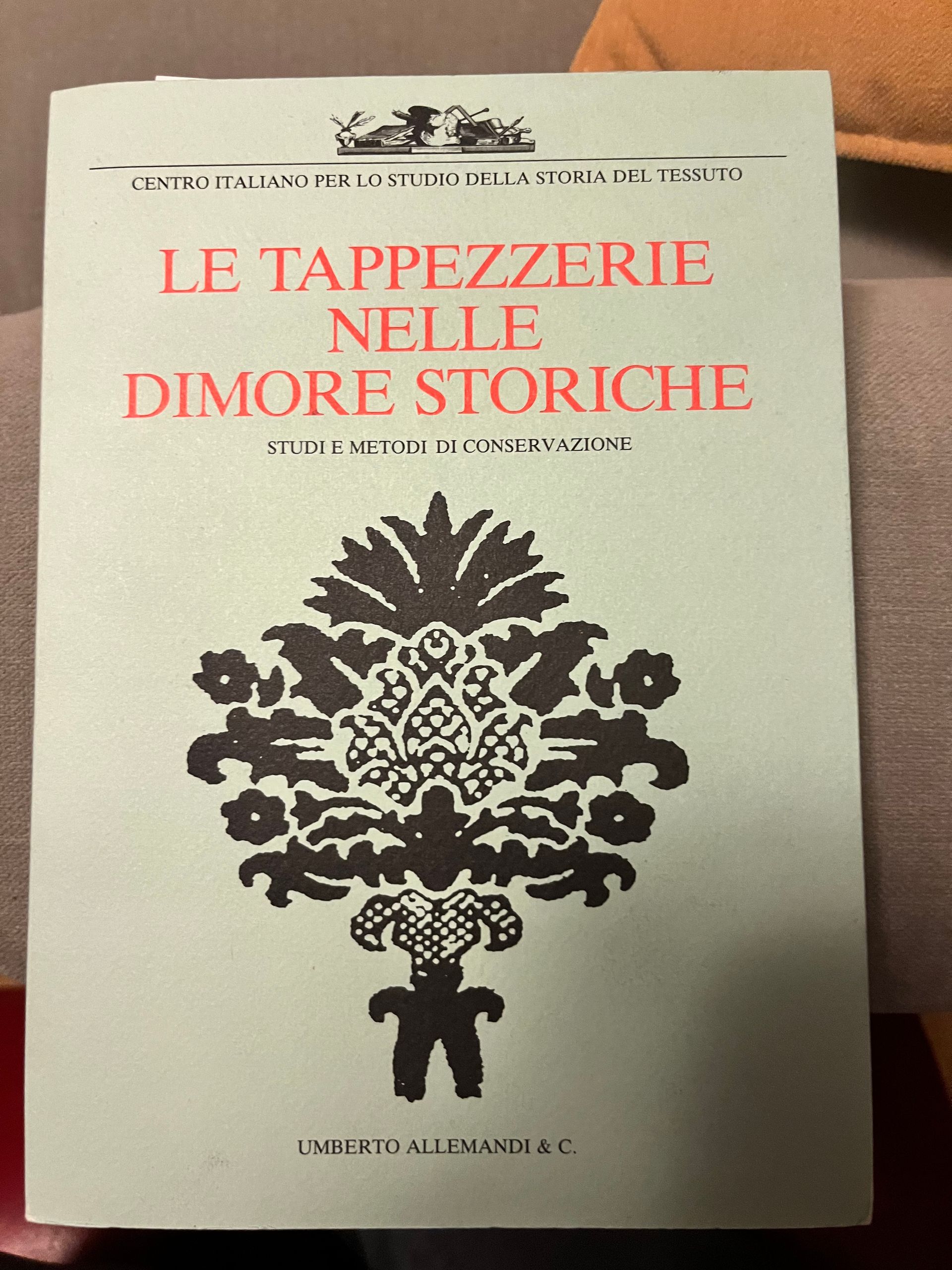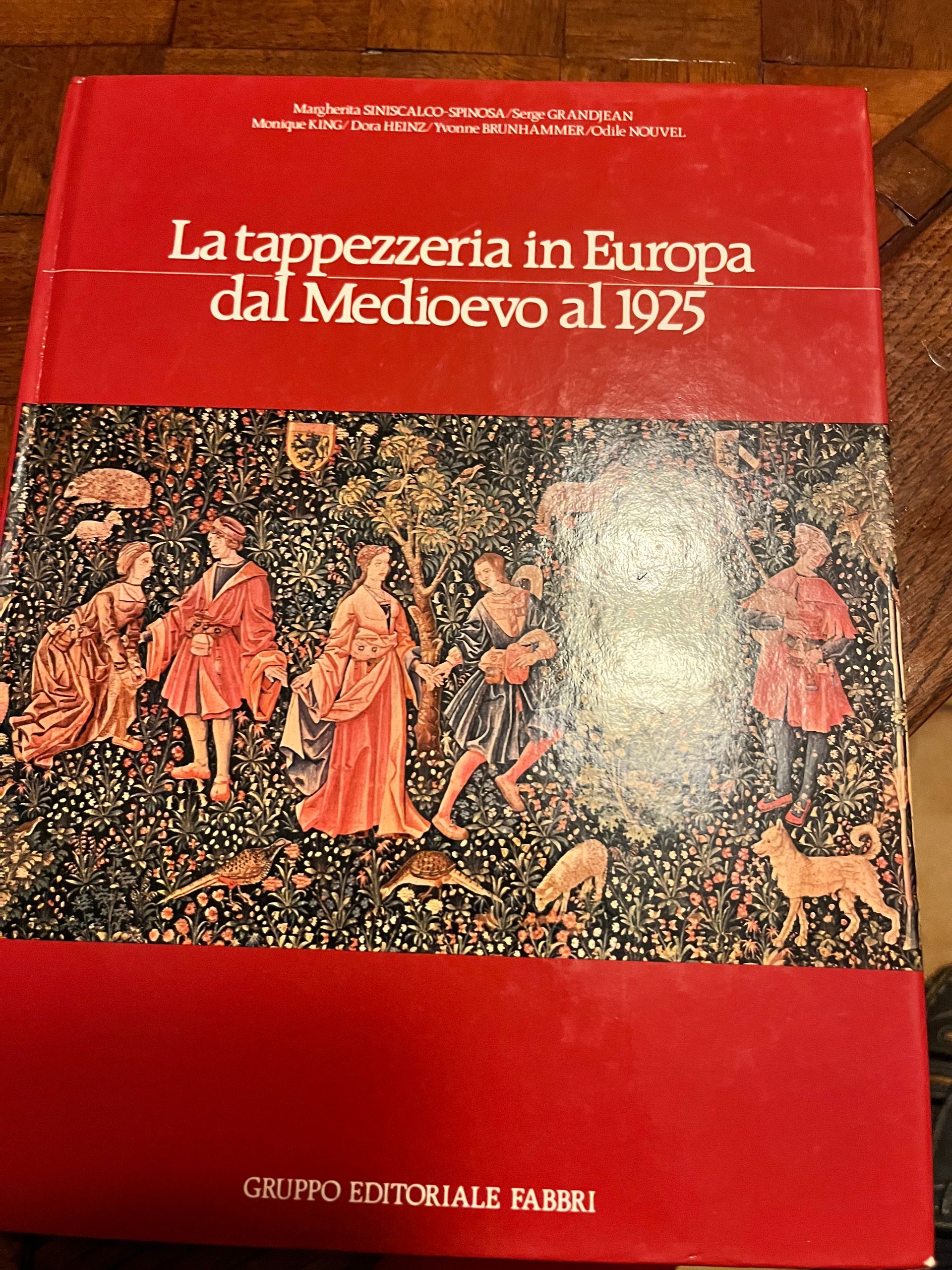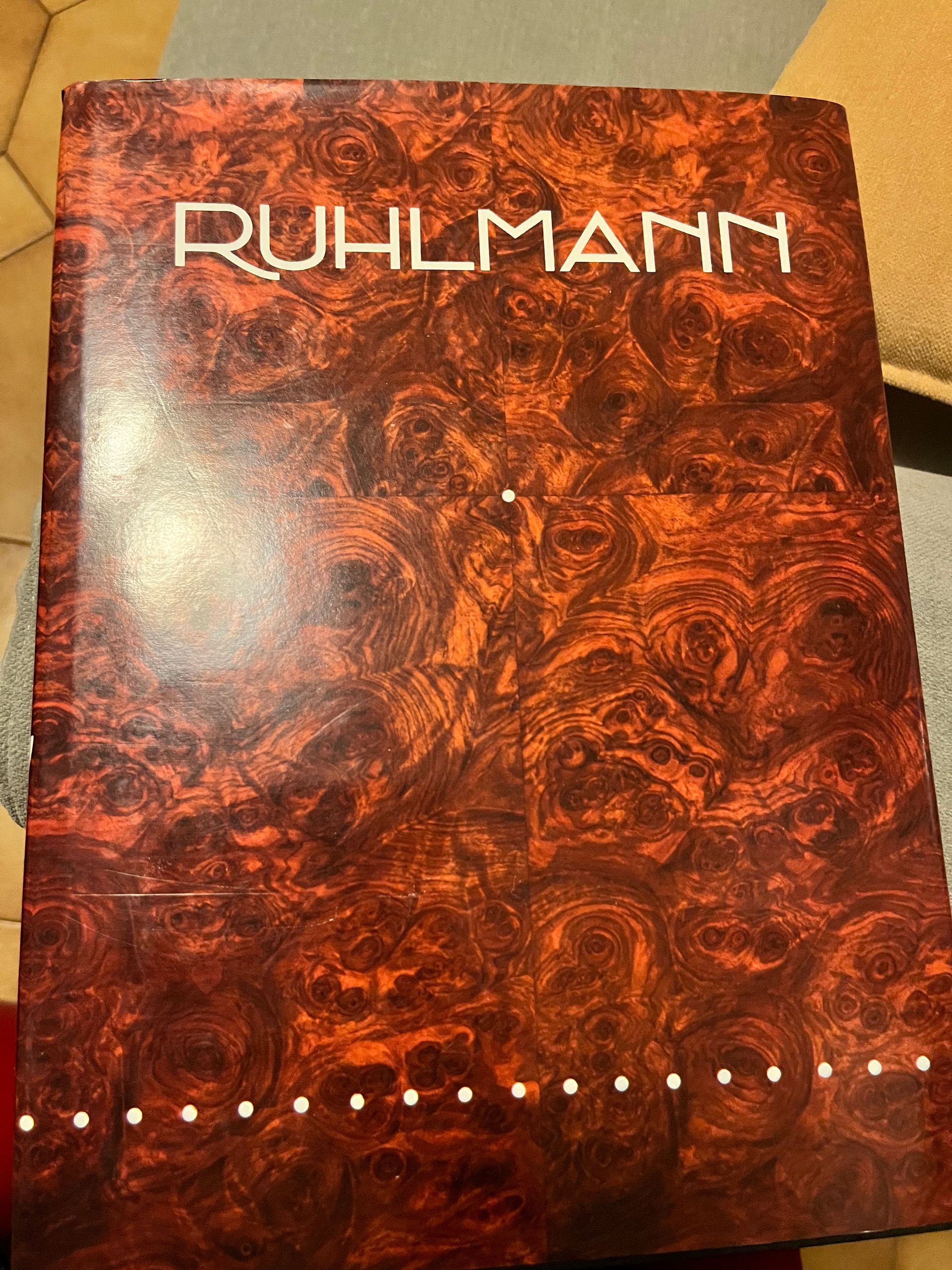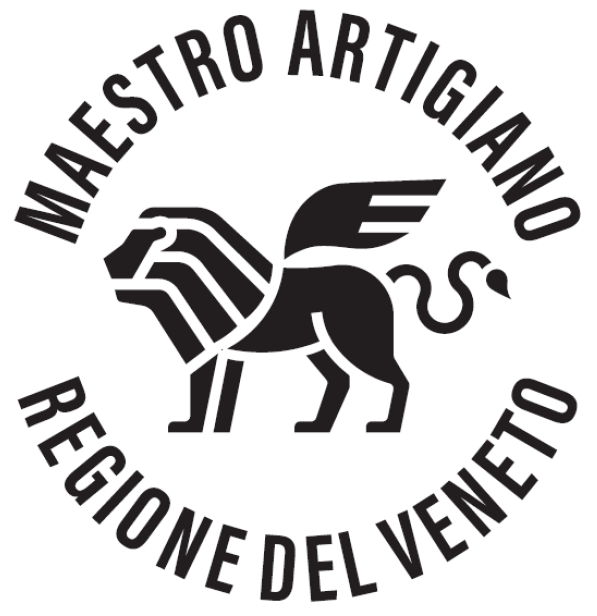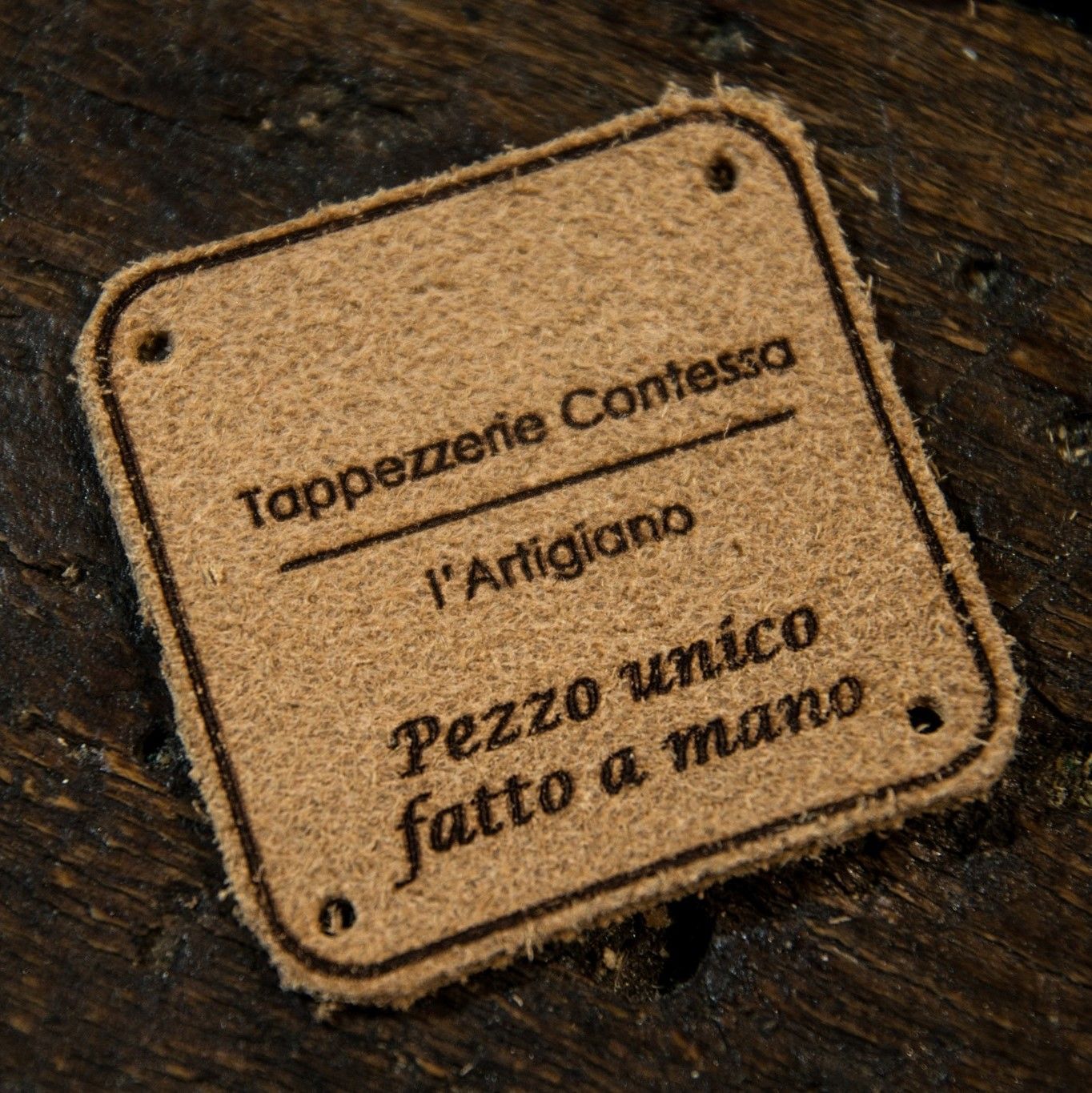Man, by his natural instinct, has always tried to improve his life by pursuing the concept of comfort.
Man's first priorities were to protect himself from the cold.
From this need he began to build, weave, skin to dress and shelter in his cave.......
900-1200
The eastern countries of Arabia, Palestine, Antioch, Tyre, Damascus were the first textile producers who introduced the art of weaving to the whole world.
These cities that had landing places on the sea became the bases of arrival and departure for the first trades between East and West. Fabric was one of the most requested goods; a precious asset, fascinating despite the high cost due to the production which required a long time: the processing was carried out on hand looms and then had to face long journeys to reach us, all this makes the fabric an asset reserved for nobles or the Church .
But given the flourishing of these trades and their great economic attractiveness between 1100-1200 our entrepreneurs began to weave in Italy too. Productions which in a short time expanded greatly and reached high quality standards so much so that Italian textiles could compete with all other foreign productions.
In Sicily the Arabs brought the production and manufacturing of silk to Palermo which became the main Italian center for the production of precious fabrics in silk and gold, among others, the famous Roger's coronation cloak preserved in Vienna.
Genoa, Venice, quickly become excellent productions that give rise to real challenges; battles over who produced the highest quality, Turkey, Italy, France, competed for the textile workforce.
1200-1300
The use of woven fibers, as well as for clothing, was used in homes to protect from the cold and damp.
Used to cover walls, to close windows even before glass arrived; in the openings that connected the corridors, used to divide the spaces, in the bedrooms and around the dividing beds to create privacy,
In these homes the tapestry appears primarily, as mentioned, to protect oneself from the cold,
but then it soon also became a form of textile art that is halfway between craftsmanship and art. There were many artists who created drawings for tapestry makers to then reproduce, thus creating a very important history, and many historical information are were drawn precisely from these woven images.
The materials that compose them are natural textile fibers such as wool, cotton or linen - Usually large format fabrics and represent very large designs
detailed.
1400
The Italian nobles began to leave the countryside and move their residences to the cities where commercial activities were growing.
Naturally this generates a mix of social classes which often also leads to riots.
The Noble strengthens his power by displaying what he wore and what decorated his home. We often find in paintings and tapestries that the Noble dressed with the same fabrics used in his palace to cover windows and walls.
The concept of Luxury was born as a form of distinction. Even the coloring of these fibers was a sign of preciousness, the most famous example is chermes (or kermes) which is a bright red dye obtained from the dried bodies of the females of some species of cochineal . Silks and wools dyed this red were for many years for the exclusive use of Popes, Cardinals, Doges or Kings.
1500
The tissue begins to differentiate
During the 16th century (1500), textile production in Europe and other parts of the world was developing and specializing increasingly distinctly between clothing and furniture. This subdivision was the result of several factors, including the evolution of textile production techniques, changes in people's fashions and needs, and the economic growth of communities.
Here is how this division manifested itself:
Textile manufacturing for clothing: By the 16th century, textile manufacturing for clothing was becoming increasingly sophisticated. Clothes were made from a variety of fabrics, including silk, wool, and cotton, depending on climatic conditions and local preferences. Fashion played an important role, with styles changing rapidly. Textile technologies such as handloom and wheel spinning were critical to the production of clothing fabrics.
Furnishing textile production: In parallel, furnishing textile production was also growing.
Fabrics used for curtains, blankets, upholstery, and other home furnishing purposes were becoming more elaborate. Interior decorating styles were developing and fabrics were often richly decorated with embroidery, carvings and intricate details. These fabrics served to decorate homes and add comfort and warmth to living spaces.
Craft specialization: With the growth of textile production, specialized craftsmen developed for both clothing and furniture. For example, there was a distinction between tailors who made tailor-made clothes and weavers or upholsterers who worked on fabrics for furnishing purposes. This specialization contributed to the growth of artisan guilds and guilds.
Commercialization: Textile production for clothing and furnishings became increasingly commercialized, with fabrics being traded and sold in local and international markets. This favored economic growth and the development of the textile industry.
In summary, in the 16th century, textile production was differentiating between clothing and furniture, with growing artisanal and commercial specialization in both sectors. This subdivision has helped to further define the clothing and furniture sectors throughout history, leading to greater diversification and specialization in the textile world.
1600
The concept of Comfort is born
Era that marks the great evolution of the upholsterer. The concept of comfort was born. The padding in use derived from master saddlers is made of vegetable or animal fibers (horse hair or linen) placed on wooden boards, but these paddings, in addition to being very rigid, lost their shape over time.
From 1600 to 1800 there was great research into improving these paddings, various techniques were created on which to place these paddings, every type of weaving on which to rest the padding was experimented: boards, ropes, strips of fabric, iron.....
In 1820 the patent for the first spring arrived from Germany, the long-sought solution had been found.
A spring that gave the padding support and returned to its original shape with ease. After this invention, the way of sitting radically changed and the seat still has no equal in terms of comfort.
1700
The jacquard loom is born
The first industrial revolution arrives,
the looms that were in the houses are purchased and taken to large warehouses,
trade required ever greater quantities and faster production times, causing costs to plummet and the fabric became accessible to a much wider audience.
In 1801, the first Jacquard loom was patented in Lyon, which used the pre-punched cardboard card method to reproduce the same design endlessly in the same way.
The jacquard loom is still the method we are using to produce fabrics; punched cardboard is no longer used but a computer is used but the concept remains the same. However, the small and precious productions on hand looms that create valuable fabrics with an unparalleled base remain alive.
19-February - 1739
The Drappiere was born in Italy
King Emmanuel III of Savoy recognizes the first "Universitas" of the Craftsmen, of Crafts on the French model.
This date marks the birth in Italy of the first Congregation of Drapers, today Upholsterers; activity previously carried out by the same weavers/tanners who wove/tanned leather and then transformed it into manufactured goods.
The "Congregation" or "Corporation of Upholsterers" was a professional organization composed of artisans who worked in the production of fabrics, upholstery and interior furnishing fabrics. These guilds were intended to regulate and protect the interests of artisans and establish quality standards for their products.
The "First Congregation of Upholsterers" of 19 February 1739 was one of the first steps towards the official regulation of this guild. This event was significant because it established rules and regulations for artisans in the industry and provided an official structure for their activity. Congregations and guilds were often subject to government regulations and, in some cases, strict limitations on production and prices.
1800s - early 1900s
Dal Chippendale al Desing
The term "Chippendale style" refers to a style of furniture and interior design that originated in 18th-century England, during the reign of George III. It is named after Thomas Chippendale, a famous English cabinetmaker and furniture designer of the time. Chippendale is considered one of the main styles of neoclassical furniture.
Here are some key characteristics of the "Chippendale style":
Elegance and sophistication: Chippendale furniture is known for its elegance and sophistication. They often feature curved lines, intricate details, and hand-sculpted or carved ornaments.
High-quality wood: Chippendale furniture is usually made of premium woods such as mahogany, cherry or walnut, which gives it a distinctive quality and shine.
Carvings and Carvings: One of the hallmarks of the Chippendale style is elaborate carvings and carvings. These details may include leaves, flowers, animal heads, or Chinese motifs, as the Chippendale period was also influenced by Eastern fashions.
Claw and Ball Feet: An iconic element of the Chippendale design are the claw and ball feet. These stylized feet are often found on tables, chairs and sideboards, adding a touch of elegance to the furniture.
Fiddleboard Backs: Many Chippendale chairs feature curved backs that resemble the shape of a fiddleboard.
Gothic details: In some Chippendale furniture, it is possible to find Gothic elements, such as pointed arches and traces of Gothic ornaments. This fusion of styles was common in the period.
Upholstered Seating: Chippendale chairs were often padded and upholstered in fabric or leather, offering comfort as well as beauty.
The "Chippendale style" was highly influential during its period and has continued to be a benchmark for high-quality, period furniture design. However, it is important to note that the Chippendale design has undergone several interpretations over time and can vary greatly based on the period and country in which it was produced. Today, you can still find Chippendale style-inspired furniture or replicas for sale for those who appreciate the elegance and craftsmanship of this style.
12-April-1919
Design is born
The Bauhaus was a famous school of design, art and architecture that operated in Germany between 1919 and 1933. Founded by Walter Gropius in Weimar, the Bauhaus became a major center for modern art and the teaching of creative disciplines. Its name means "House of Construction" or "School of Arts and Crafts" in German.
The Bauhaus promoted interdisciplinarity, encouraging students to experiment with different forms of art and design. This led to a collaboration between artists, designers, architects and craftsmen.
Functionalism: The school emphasized functionality and rationality in design. The goal was to create objects and buildings that were beautiful but also practical and functional.
Simplicity and minimalism: The Bauhaus embraced minimalism, seeking to simplify design and eliminate superfluous elements to achieve a pure, essential form.
Use of modern materials: Bauhaus designers experimented with modern materials such as steel, glass and reinforced concrete, trying to take full advantage of the new technologies of the time.
Geometry and abstraction: The Bauhaus used geometric shapes and abstraction as key elements in design. This is reflected in both the art and architecture produced by the school.
Experimental Teaching: Bauhaus teachers, including famous artists and designers such as Wassily Kandinsky, Paul Klee, and Ludwig Mies van der Rohe, encouraged students' experimental learning and personal inquiry.
Culture of industrial production:
The Bauhaus promoted the industrial production of art and design objects, seeking to make works of art and well-designed furniture accessible to a wider audience.
Despite its short existence, the Bauhaus had an enormous influence on modern design and architecture, and many of the ideas and theories developed at the Bauhaus continue to be relevant in the world of contemporary design. His impact was particularly evident in modernist architecture and interior design, where his clean, functional style is still highly regarded.
